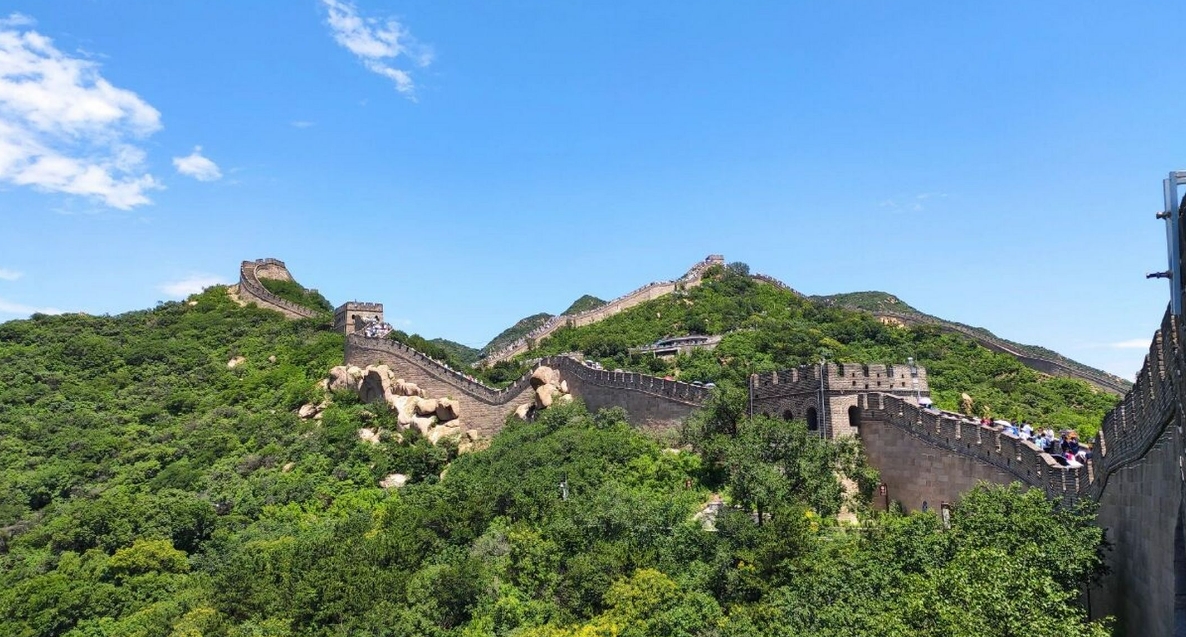
The Great Wall: From Rammed Earth to Qin Shi Huang's Vision
The Great Wall of China, a symbol of the Chinese nation, embodies a long and complex construction history. It was not built overnight but rather over centuries, embodying the blood, sweat, and wisdom of countless laborers. Tracing its origins back to the Warring States Period, we discover that various states began constructing walls to defend against nomadic tribes from the north. Among them, the walls built by the states of Yan, Zhao, and Qin were the largest and most structurally sound.
These early walls were called "Changcheng" (長城), meaning "long wall," rather than the "Great Wall" we know today. Their primary building material was rammed earth, a technique utilizing local soil mixed with sand, clay, and other materials, repeatedly compacted to form a solid mass. This seemingly simple material possessed remarkable strength and durability.
Advantages of Rammed Earth:
- Accessibility: Northern China, with its vast land and sparse population, had abundant soil resources, making rammed earth readily available and significantly facilitating the wall's construction.
- Cost-effectiveness: Compared to materials like stone, rammed earth was incredibly cheap, crucial for the financially constrained states of the time.
- Durability: Repeatedly compacted rammed earth formed a dense, robust structure, effectively resisting weather erosion and enemy attacks.
- Ease of Maintenance: If a section of the wall was damaged, repairs involved readily available local materials and simple reconstruction techniques, making maintenance cost-effective and efficient.
Of course, besides rammed earth, stone was also used in certain sections. In mountainous areas with complex terrain and loose soil, stone became more prevalent. These stones, typically sourced from nearby mountains, were cut and polished, used for the foundation, walls, and vital structures like watchtowers.
In 221 BC, Qin Shi Huang unified the six states, ending centuries of war. To solidify his rule and defend against the Xiongnu threat from the north, he ordered the connection and reinforcement of the existing walls built by Yan, Zhao, and Qin. This marked the genesis of what we recognize today as the Great Wall. Qin Shi Huang continued utilizing the combined rammed earth and stone construction method, investing enormous manpower and resources, resulting in a grander, more imposing wall with significantly enhanced defensive capabilities.
In conclusion, from the "Changcheng" of the Warring States Period to the "Great Wall" under Qin Shi Huang's unified rule, rammed earth remained the primary building material. This seemingly ordinary material, embodying the wisdom and strength of the Chinese nation, also stands as a testament to the magnificent achievements of ancient Chinese construction technology.
Q&A
Q1: What was the main building material used for the Great Wall?
A: While both rammed earth and stone were used, rammed earth was the primary building material for the Great Wall due to its accessibility, affordability, durability, and ease of maintenance.
Q2: Why did the use of stone become more common in certain sections of the Great Wall?
A: Stone was preferred in mountainous areas with challenging terrain and loose soil where its structural integrity proved more suitable than rammed earth.
Q3: What was the significance of Qin Shi Huang's decision to connect and reinforce the existing walls?
A: Qin Shi Huang's decision marked the creation of the unified Great Wall as we know it today, a symbol of his power and a crucial defense against the Xiongnu threat from the north.